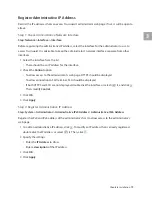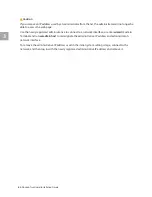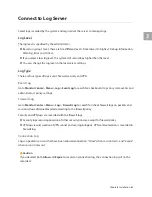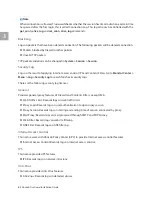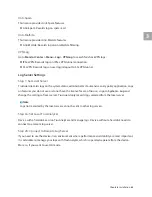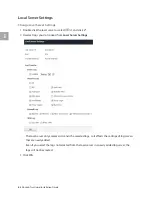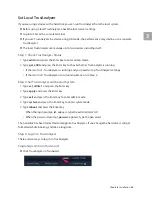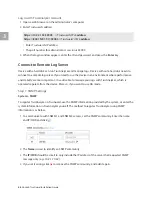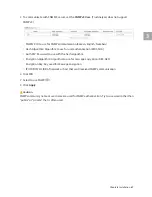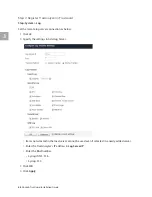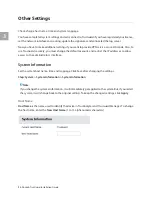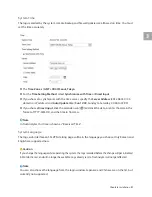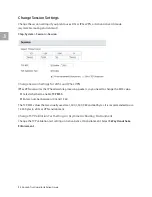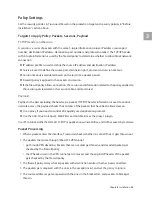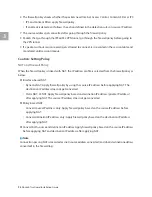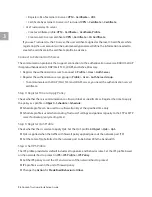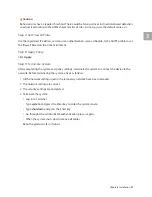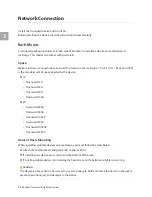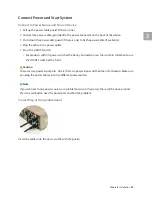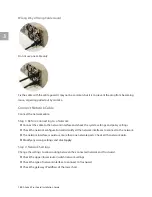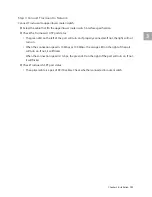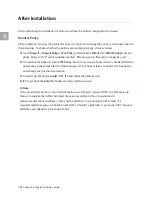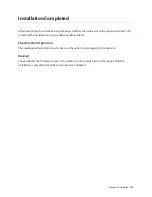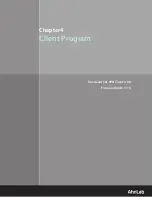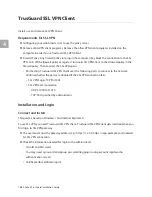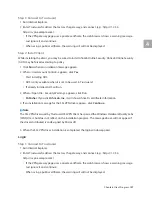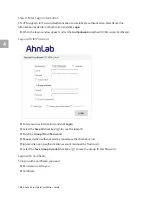
3
Chapter3 Installation
93
Policy Settings
Set the security policies in TrusGuard based on the protection target and security policies in “Before
Installation” section above.
Targets to Apply Policy: Packets, Sessions, Payload
TCP/IP Header and Session
A session is a series of packets with the same 5-tuple information (soruce IP address, source port
number, destination IP address, destination port number and protocol number). The TCP/IP header
with 5-tuple information is used by the firewall policy to determine whether to allow/block network
connection.
IP address profile is used to define the source IP address and destination IP address.
Service is used to define the source port, destination port, protocol and session timeout.
Session timeout is calculated based on the last time a packet passed.
Firewall policy is applied to the packets and session.
If the firewall policy allows connection, the session and information related to the policy applied to
the session gets recorded in the session table, and monitored.
Payload
Payload is the part excluding the header in a packet. If TCP/IP header information is used to control
network access, the payload checks the contents of the packets that have been allowed access.
Use a proxy if you need to control a frequently used application protocol.
Use the Anti-Virus, Anti-Spam, Web Filter and Anti-Malsite as the proxy’s plugin.
Use IPS to block traffic that attacks TCP/IP or application vulnerabilities, and traffic caused by malware.
Packet Processing
1
When a packet enters the interface, TrusGuard checks whether it is valid. If not, it gets thrown out.
2
The packets that come through IPSec/SSL VPN tunnel:
•
go through VPN decoding. Packets that are not valid get thrown, and decoded packets get
checked by the firewall policy.
•
the IP header used in the VPN tunnel gets removed, and the original IP header of the packet
gets checked by the firewall policy.
3
The firewall policy always checks packets with destination address that has been converted.
4
The packets get compared with the ones in the exceptions list, and set the policy to ignore.
5
The source addresses get compared with the ones in the blocked list, and packets to block get
thrown.

